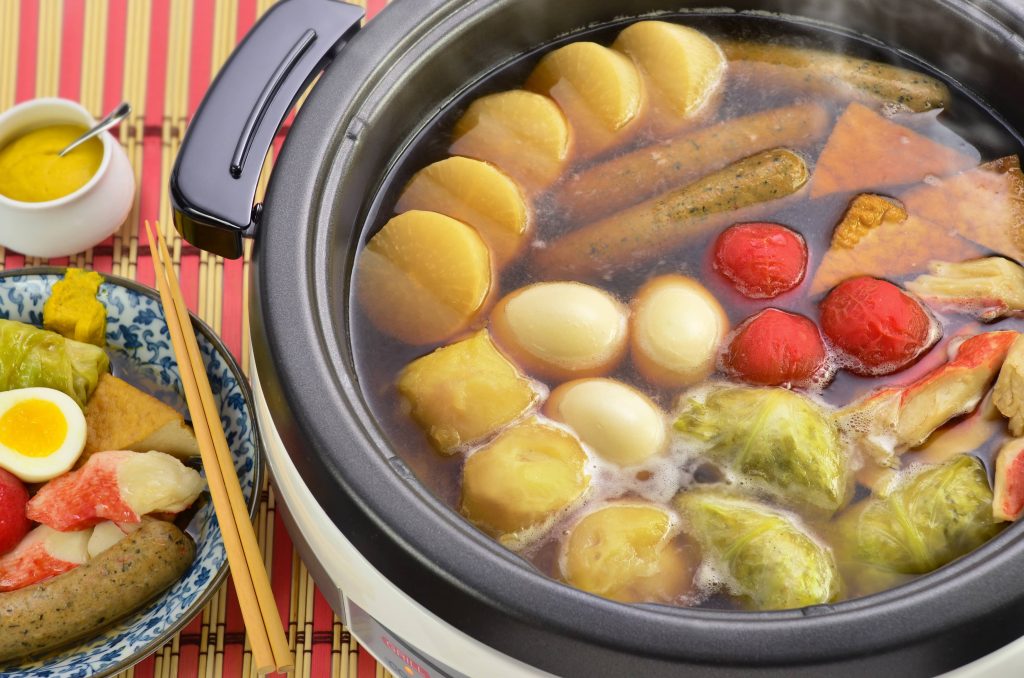 Oden, also known as Japanese hot pot, is a culinary gem that warms the heart and soul. It is often associated with communal gatherings and celebrations in Japan, such as welcoming in the New Year or celebrating festivals during the winter months. Traditionally, oden comprises various ingredients like daikon radish, konnyaku (a jelly-like ingredient), boiled eggs, and fish cakes, all simmered in a soy-based broth. The slow simmering process allows flavors to meld together, creating a harmonious blend that’s both soothing and satisfying. In this blog, we’ll explore everything you need to know about oden, from its history, flavor, and cultural significance. We’ll even share how you can make an easy pot of oden at home with Zojirushi.
Oden, also known as Japanese hot pot, is a culinary gem that warms the heart and soul. It is often associated with communal gatherings and celebrations in Japan, such as welcoming in the New Year or celebrating festivals during the winter months. Traditionally, oden comprises various ingredients like daikon radish, konnyaku (a jelly-like ingredient), boiled eggs, and fish cakes, all simmered in a soy-based broth. The slow simmering process allows flavors to meld together, creating a harmonious blend that’s both soothing and satisfying. In this blog, we’ll explore everything you need to know about oden, from its history, flavor, and cultural significance. We’ll even share how you can make an easy pot of oden at home with Zojirushi.
History of Oden
The history of oden can be traced back to the late 19th century when it emerged as a popular street food in Japan. Street vendors would set up stalls, particularly during the chilly winter months, to serve this warming dish to passersby. The dish’s humble beginnings reflect its role as a comforting and affordable meal for the masses.
Oden’s origins can be traced back to a dish called “dengaku,” which was simply tofu grilled over an open flame and topped with a miso sauce. Dengaku was a popular dish among Buddhist monks, who would eat it during the winter months to stay warm. Over time, dengaku evolved into oden, with new ingredients added to the broth, such as daikon radish, konnyaku, and fish cakes. The dish became more widely available as restaurants and food stalls began serving it.
Oden quickly gained popularity as a winter staple thanks to its heartwarming and nourishing qualities. Simmering various ingredients in a communal pot created a sense of warmth and togetherness, making it a perfect choice for gatherings with family and friends during the cold season. Today, oden remains a popular dish throughout Japan. It is enjoyed by people of all ages and from all walks of life. Oden is often served as a snack or light meal but can also be eaten as a main course.
The Meaning of “Atsu Atsu“
Atsu atsu (あつあつ) is a Japanese onomatopoeia that describes something that is hot or steaming. It is often used to describe oden, as the dish is typically served piping hot. The word “atsu atsu” perfectly captures the essence of oden, a dish that is both heartwarming and comforting. Atsu atsu can also be used to describe other foods that are hot, such as ramen, soup, and tempura. It can also describe other things that are hot, such as a bath or a sauna. So, the next time you enjoy a piping hot bowl of soup, you can say, “atsu atsu!”
Regional Variations of Oden
As oden spread across Japan, it underwent regional adaptations, reflecting local tastes and available ingredients. Different regions began to develop their own styles of oden, incorporating popular or abundant ingredients in their areas. This regional diversity is one of the hallmarks of oden. Here are a few examples of regional variations of oden that you might find:
Kanto-style oden: Kanto-style odenis the most common type of oden, characterized by its soy sauce-based broth. Popular ingredients in Kanto-style odeninclude daikon radish, konnyaku, boiled eggs, and fish cakes.
- Kansai-style oden: Kansai-style oden is characterized by its sweeter broth, made with a combination of soy sauce, sugar, and mirin. Popular ingredients in Kansai-style oden include beef tendon, tofu, and chikuwa (a type of fish cake).
- Hokkaido-style oden: Hokkaido-style oden is characterized by its smoky flavor, which comes from cooking the ingredients over an open flame. Popular ingredients in Hokkaido-style oden include seafood, such as scallops and crab, and vegetables, such as potatoes and carrots.
Popular Oden Ingredients
Oden is a delicious and versatile dish that can be enjoyed by people of all ages, and the great thing about it is that you can truly make it your own! People often add their own favorite ingredients to oden, such as meatballs, shrimp, or vegetables. Some people also like adding different condiments to their oden, such as Japanese mustard, shichimi togarashi (seven-spice blend), or grated daikon radish.
Some of the most popular oden ingredients include:
- Daikon radish: Daikon radish is a Japanese radish known for its mild flavor and crunchy texture. It is a popular ingredient in oden because it absorbs the broth well and adds a touch of sweetness.
- Konnyaku: Konnyaku is a jelly-like ingredient made from the corm of the devil’s tongue yam. It is a popular ingredient in oden because it is low in calories and fat and has a unique texture.
- Boiled eggs: Boiled eggs are a classic oden ingredient. They add protein and flavor to the broth.
- Fish cakes: There are many different types of fish cakes used in oden. Some popular types include chikuwa, satsumaage (a deep-fried fish cake), and hanpen (a steamed fish cake).
- Meatballs: Meatballs are a popular addition to oden. They add protein and flavor to the broth.
- Vegetables: Some popular vegetables used in oden include potatoes, carrots, and cabbage.
How to Make Oden at Home
Now, let’s bring the heartwarming comfort of oden into your kitchen. Here’s a simple guide to making oden at home with your Gourmet d’Expert® Electric Skillet (EP-RAC50). The great thing about this recipe is that you can set it and forget it; before you know it, dinner is served! Click here for the full recipe.
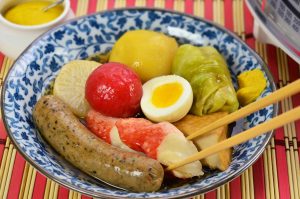
Oden’s food history is a testament to the enduring appeal of this heartwarming dish. From its humble beginnings as street food to its role as a beloved winter staple, oden has continued to evolve and adapt while remaining a symbol of comfort and togetherness in Japanese cuisine. Its regional variations and enduring popularity in modern times showcase the timeless nature of this culinary treasure. How do you like to make your oden? Make sure to show us how you use your tumbler throughout the day by sharing your comments and tagging us on Twitter, Facebook, or Instagram. #Zojirushi #ZoFan
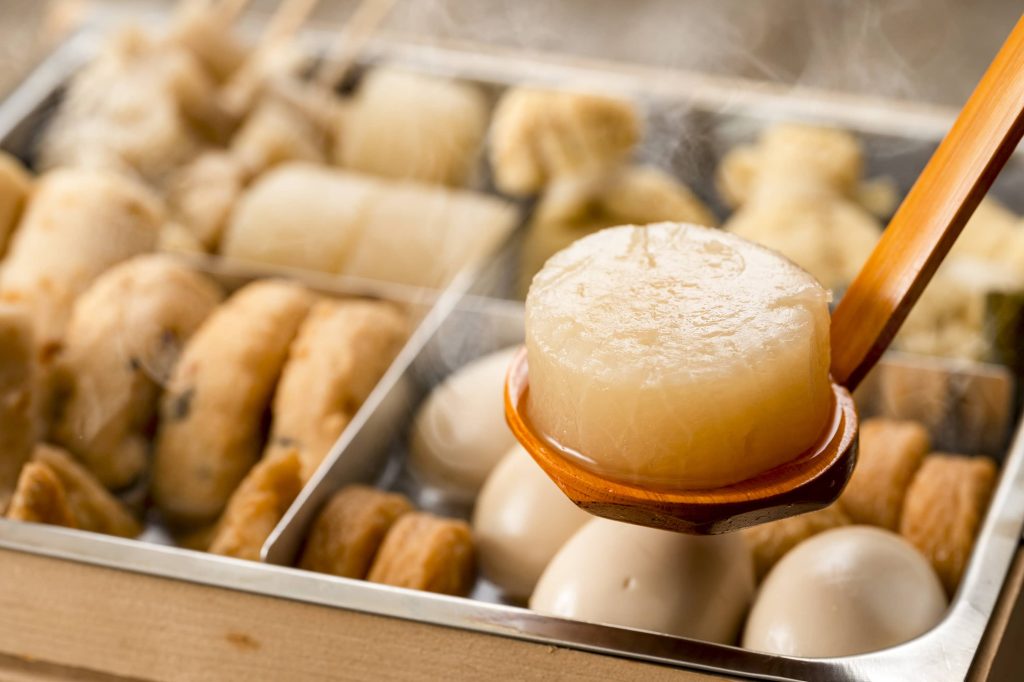
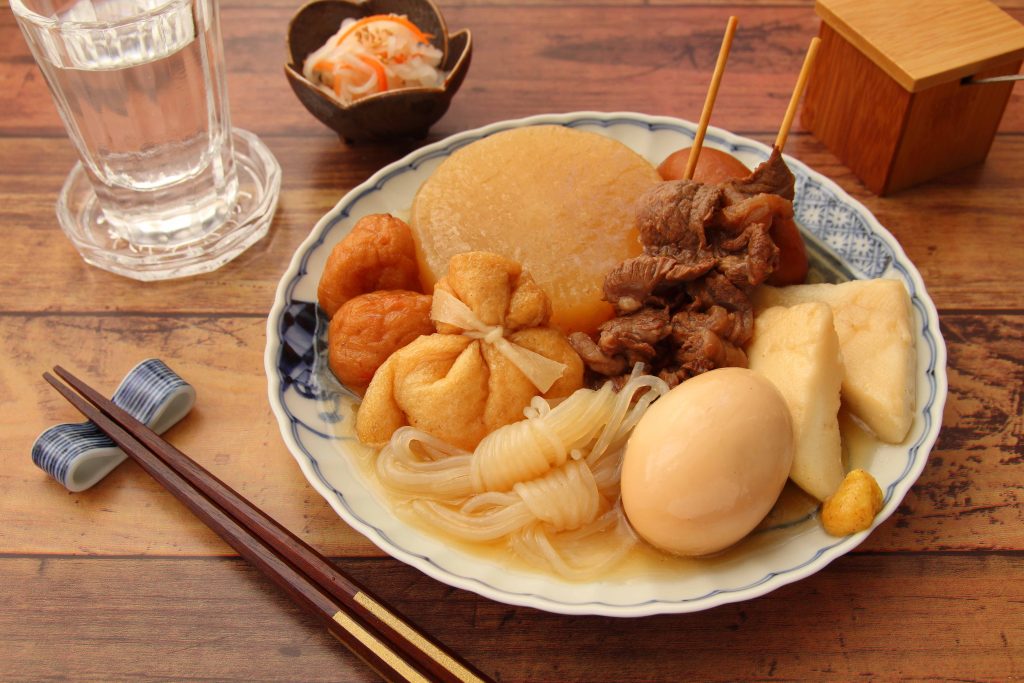
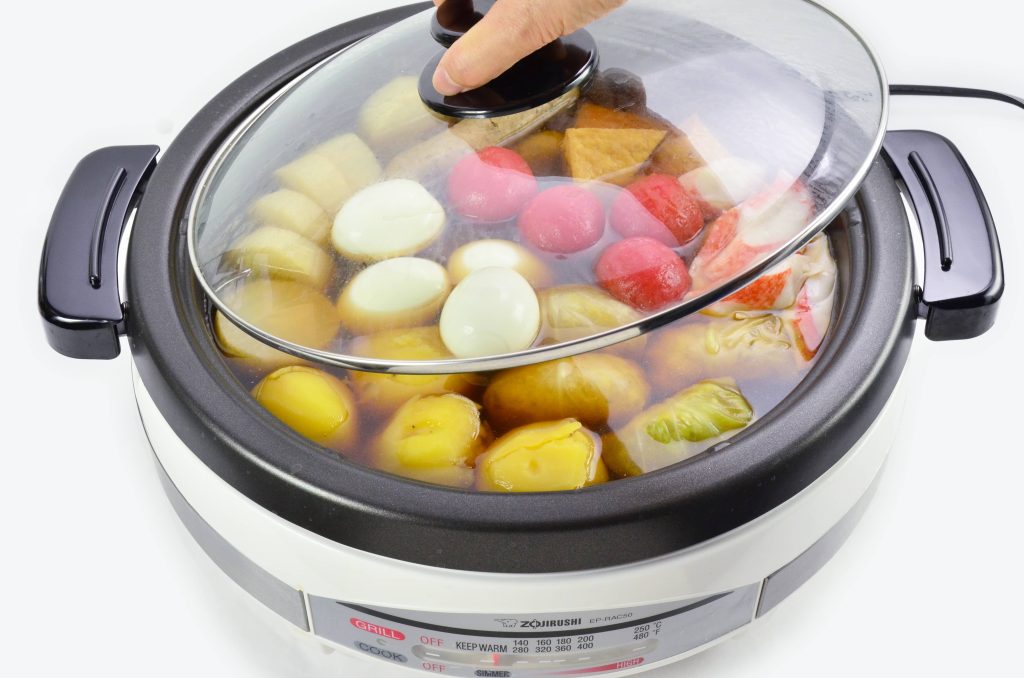
Leave a Reply